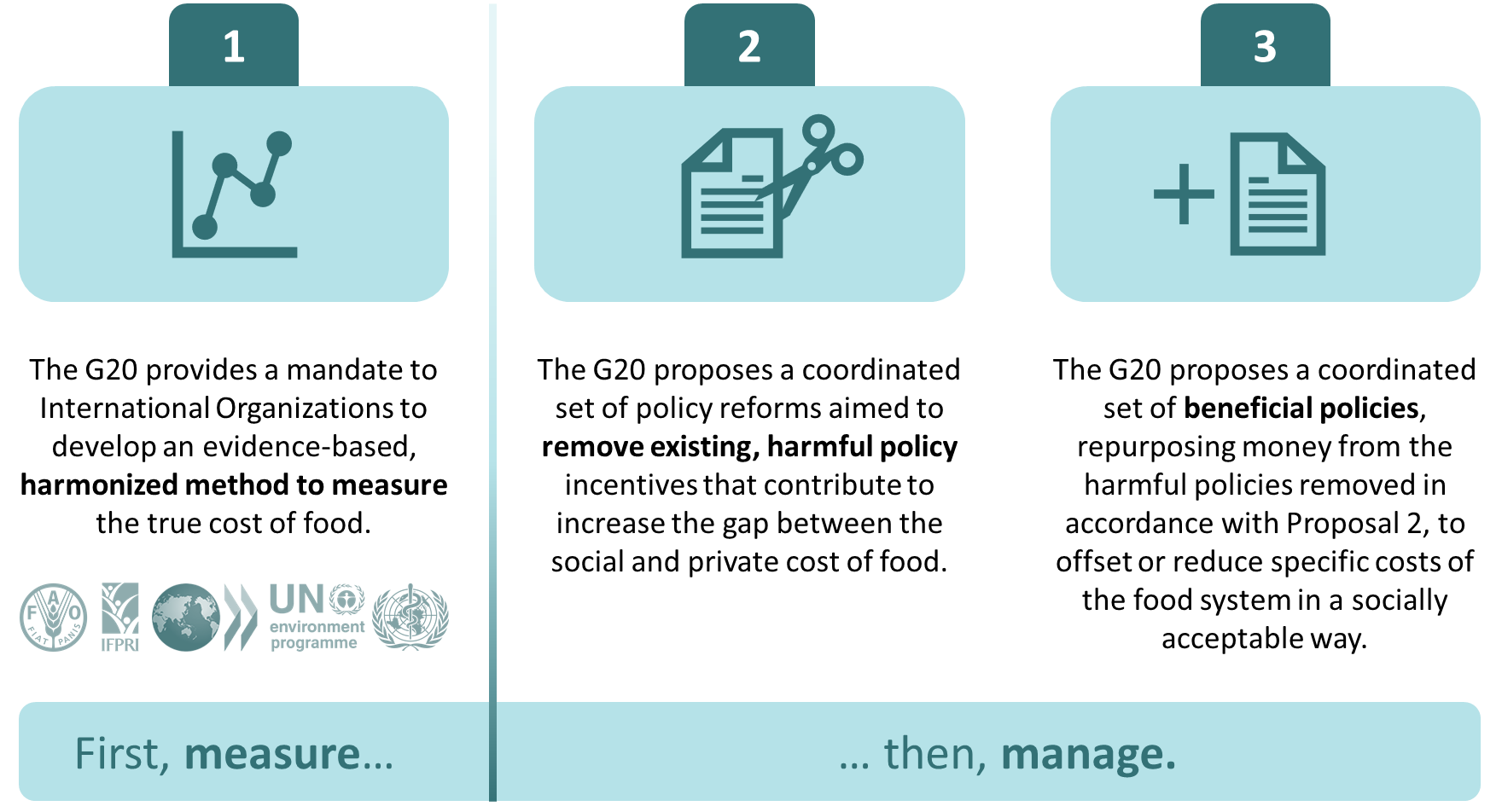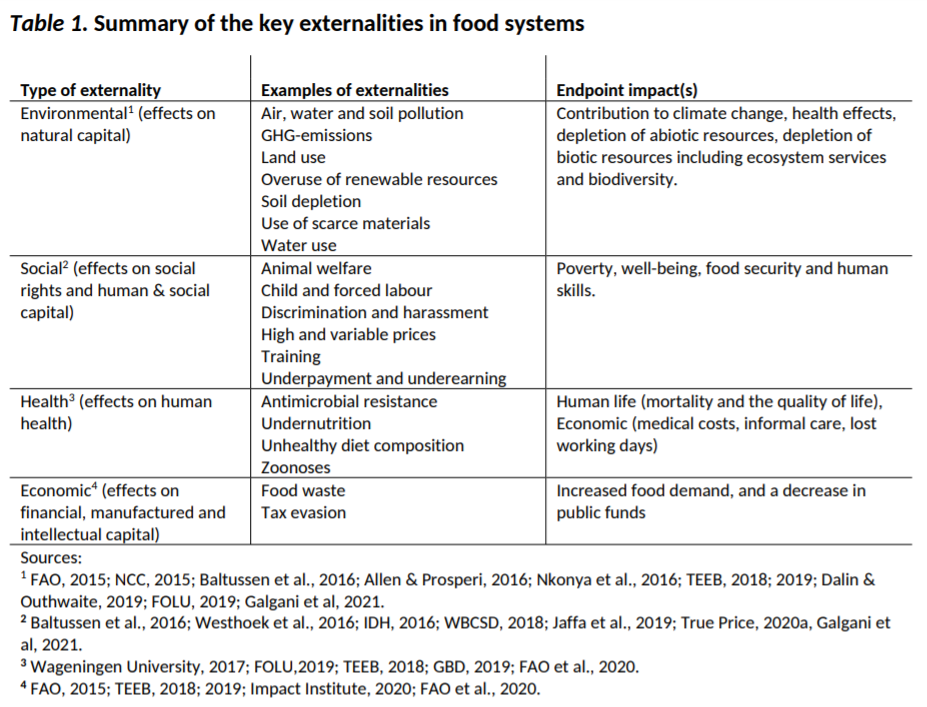UNFAO (Food and Agriculture Organization) recently announced the global food prices to have climbed approximately 40% as compared to last year and hit their highest levels in a decade.
Why this rise, what is so special about this year to have triggered the price rise?
Well, what’s not?
And this sort of food inflation may increase the number of hungry people by a 130 million worldwide, something we have not witnessed in last half a century.
Reasons may be multiple, redundant or persistent like increased demand, drought or lessening productivity etc.
But Covid has altered the way things happened. According to an Oxfam report, 11 people continue to die alone from hunger every minute.
3.1 million children perish due to insufficient food or nutrition across the planet that allows to produce food in plenty.
And there is nothing more to ponder on a recent report dedicated to the United Nations (UN) Food Systems Summit, titled “The True Cost and True Price of Food”.
The report has revealed that the price of food we consume today is actually just a third of the real cost.
It succeeds in differentiating between a good and bad diet, drawing in a reflection on the offered price of harmful foods that makes sustainable and healthy food less affordable in the market.
It states: “The current externalities were estimated to be almost double ($19.8 trillion) the current total global food consumption ($9 trillion).”
“These externalities accrue from $7 trillion (range 4-11) in environmental costs, $11 trillion (range 3-39) in costs to human life and $1 trillion (range 0.2-1.7) in economic costs.”
Therefore, according to the Scientists contributing to the paper, this cost ought to be redefined, involving the very measurements of environmental, economic, social, health costs and benefits in line.
This shall be termed as True Cost Accounting (TCA), a tool that takes into account various systemic factors pertaining to social, human as well as natural capital that contributes while producing an asset.
However, these quantifying aspects may vary based on their data and introduce uncertainties like Carbon emissions estimate has been done for long and is mature while health quantification is rather young.
The author of the study clarified by saying:
“A TCA assessment typically starts by identifying the goal and scope of the assessment, establishing the unit of analysis and the system boundaries. Then various externalities are assessed (qualitatively or quantitatively), valued and aggregated.”
Wider scope and applications of the tool:
Stakeholders, private or public, big or small, can utilize the tool for its inherent benefits across food production, distribution and consumption:
Local, native or regional policy budgeting can be strengthened using this tool by Government. Similarly private businesses involved in supply chain and logistics can use the tool for structural assessments and subsequently minimize negativities and enhance the positives.
Further, financial institutions can use TCA for reporting, impact investment or the risk assessment and thus acquire assurances on their published good.
Meanwhile, farmers can use it to account for the cost and benefit analysis of their agricultural practices and produces and consumers to ascertain the environmental and social externalities so entrenched into the food they buy and consume.
This stands important as our agricultural processing uses nearly 1.1 billion pounds of chemical pesticides annually, many of which prove to be carcinogenic or neurotoxic.
Exposure to some of these can even cause an environmental illness, from physical to psychological and bear us respective economic costs, both at individual and societal level. In ways, we are paying for damage in conspicuous ways.
The externalities so mentioned, are hidden offshoots of choices of market players, and these choose to make the sustainable, healthy food less affordable for consumers and even less profitable for producers.
The market price is reflective of the company’s outputs minus the inputs or the value addition made to it. But if a company accelerates climate change, underpays its laborers or enables healthy and affordable food, none of this composes its profits.
Similarly, economic value of entire food sector is measured by its contribution to GDP or GVA which is again total value added minus the intermediate consumption made.
Hence this omits the degree to which our food systems contribute to climate change, child labor, deforestation or poor health. Consequently, our policymakers consider the crucial economic indicators without other important factors to survive.
TCA has made it possible to quantify and price such externalities but it comes with uncertainties.
“There is limited information available at this scale due to the young nature of TCA, the complexity of food chains and the large variety of disciplines and data required,” explains an author.
This anyhow lead the countries to have lower average living standards than would have been possible otherwise and hence compounding with social and ecological injustices.
Modeling an agroecological future may serve the human generations in two ways: reduce the food-imposed environmental, social and health costs and making healthy food affordable to everyone on the planet.
Even the EAT-Lancet report has recommended that a transition to healthy diets by 2050 will require substantial dietary shifts.
We can begin to change our future in one perspective or the other. If we cannot influence the very policies created for us, we can exert pressure exploiting our rights as aware consumers.




